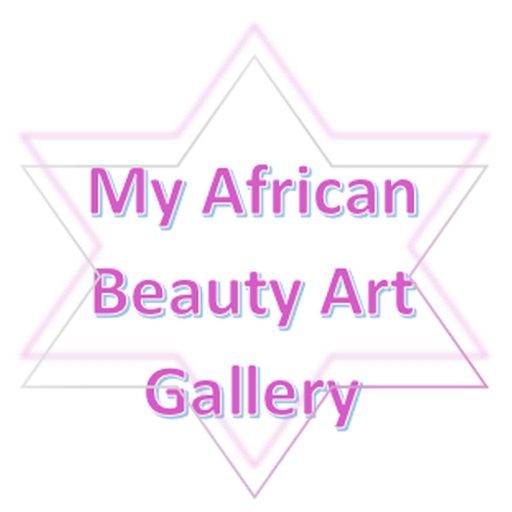Holoholo
TYPES OF ART
The confluence of ethnic groups that resulted in Holoholo identity is reflected in their art, which incorporates many diverse styles. Elements of Luba and Tabwa styles are both apparent. A few figures attributed to the “master of slit eyes” represent the best known Holoholo art objects in museum collections.
HISTORY
Holoholo are descended from the Baguha peoples who escaped from southwest Democratic Republic of the Congo amidst Luba expansionism during the 18th century. In the 1880s the water level of Lake Tanganyika dropped significantly, inviting members of various ethnic groups to move into the area surrounding the town of Kalemie. The settlement that developed led to the emergence of the Holoholo. Their position on the lake placed them along Arab and eastern African slave trade routes. This allowed some financial gain during the late 1800s, but when the Europeans came, they expelled the Arabs and stymied Holoholo economic growth. The area has since been largely depopulated as a result of disease and regional warfare.
ECONOMY
Holoholo economy during the height of late 19th century expansion was directly related to the eastern African slave trade. The Holoholo were employed by the Arabs to guard the lakeside ports and warehouses where gold and ivory were stored to await shipment across the lake. Today the region is primarily agricultural. Men and women work together to grow sorghum, maize, peanuts, and beans for local consumption. The sorghum is used to brew large quantities of local beer. Net fishing is also carried out on the lake. Fish are dried and sold in local markets to generate minimal cash flow in the region.
POLITICAL SYSTEMS
The Holoholo never existed as a discrete ethnic group and as a result did not acknowledge allegiance to one particular political power. They were a small conglomeration of diverse peoples who shared a common language used primarily to expedite regional trading. Individual villages and families usually recognized a local leader, and theirs was an abbreviated feudal system. Very little political structure remains in the region today that is reflective of the Holoholo influence.
RELIGION
The supreme god is Kabedya Mpungu (“remote in the sky”), and appeals are never made directly to him. Local religious practices center around ancestor worship carried out through offerings made to miniature huts, which are said to house the souls of the muki (spirits). Nature spirits that inhabit rocks, water, and mountains are not appeased by the general population, but their services may be called upon by witch doctors. Two secret societies exist for healers and witch doctors, one each for men and women. Secrecy and witchcraft accusations act as powerful social controls. Poison ordeals were employed to determine whether an accused was actually guilty of witchcraft.
FACTS ABOUT HOLOHOLO
LOCATION

COUNTRIES
Democratic Republic of the Congo
LANGUAGES
Kiholoholo, Kiswahili
POPULATION
2,000
